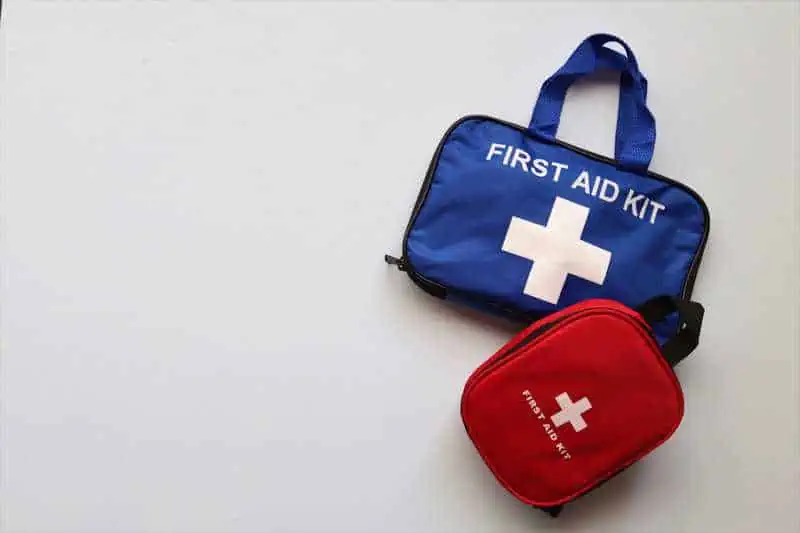Austin, TX 78737

Accidents can happen at any time, and dental emergencies are no exception. But having a well-equipped dental first aid kit at home can make a significant difference in handling unexpected dental issues promptly and effectively. Keep in mind that all dental emergencies should warrant a phone call to your dentist in Austin. However, having a specialized dental first aid kit can help you address oral health emergencies with precision before you can get in for an exam.
The Basics of a Dental First Aid Kit
Safety comes first. Disposable gloves ensure that you maintain proper hygiene while administering first aid.
These are versatile tools to help stop bleeding, cushion sensitive areas, and clean wounds.
A dental mirror helps you see those hard-to-see areas.
These are essential for dislodging food particles stuck between teeth, which can cause discomfort or even infection.
This is useful for rinsing out the mouth, cleansing wounds, and soothing irritation.
A temporary filling can temporarily seal a cavity or a broken tooth, providing relief until you can see a dentist.
This can be used to cover sharp or jagged edges of a broken tooth, braces, or other dental appliances, preventing further irritation or injury.
Pain can be a major concern during dental emergencies, and over-the-counter pain relievers can help. Consult a dentist or healthcare provider about which pain relievers to include in your kit.
Known for its natural numbing properties, clove oil can provide temporary relief for toothaches.
Keep a list of emergency dental contacts, including your dentist in Austin.
Addressing Common Dental Emergencies
A sudden toothache can be agonizing. Rinse your mouth with warm water, use dental floss to dislodge any debris, and apply a cold compress to reduce swelling. Over-the-counter pain relievers may help, but consult your dentist if the pain persists.
Rinse your mouth with warm water and collect any tooth fragments. If there’s bleeding, apply gauze with gentle pressure. Cover any sharp edges with dental wax and call your dentist.
Time is critical here. Handle the tooth by its crown (top), not the roots. Rinse it gently with water and try to place it back into the socket if possible. If that’s not feasible, store it in a container with milk or saliva, and seek dental care immediately.
Use dental floss to gently remove the object. Never use sharp or pointed objects that could damage gums.
Every home should have a dental first aid kit. By being prepared to handle dental emergencies promptly, you can alleviate pain, prevent complications, and increase the chances of successful treatment when you’re able to reach a dentist. Remember that while a dental first aid kit is a useful tool, it’s not a substitute for professional dental care. Always consult your dentist in Austin for proper diagnosis and treatment after administering first aid.